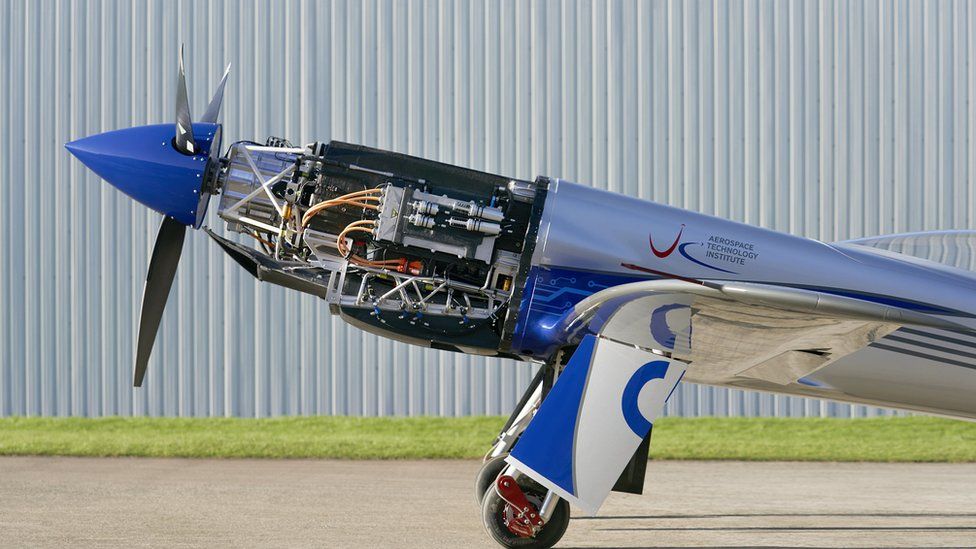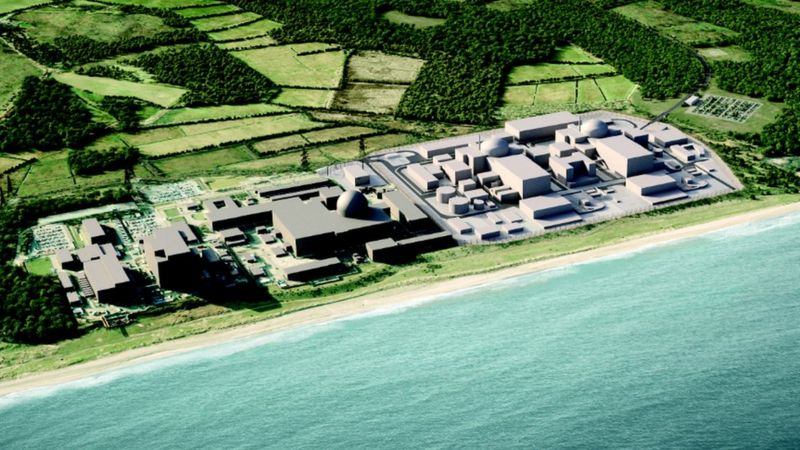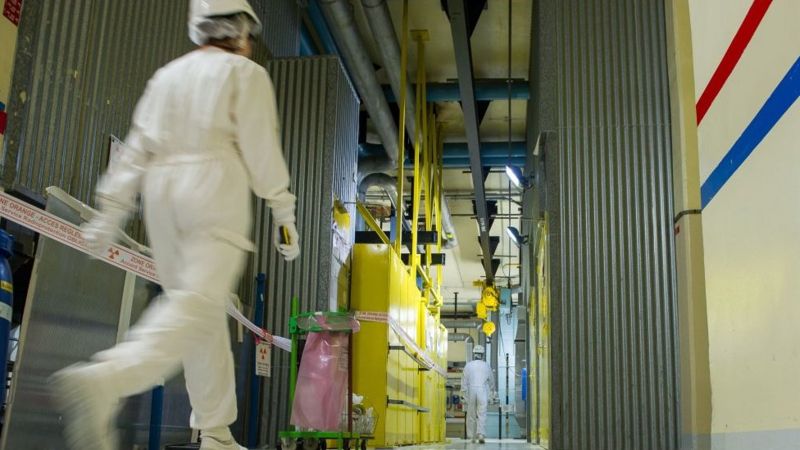
The Department for Transport (DfT) and the Department for Business, Energy and Industrial Strategy (BEIS) have today (7 February) announced the funding for the projects as part of their collaborative work to decarbonise the aviation sector.
Aviation accounts for around 3% of annual global emissions and, pandemic aside, its absolute emissions and share of annual global emissions have continued to increase over the past two decades. The UK Government has pledged that all airport operations and domestic flights should be net-zero in operation by 2040 and that all international flights should be net-zero by 2050.
For flights, the priority for the near to medium term for the Government is to improve efficiency and to scale the use of alternative fuels, often called Sustainable Aviation Fuels (SAFs). But, in the longer term, the Government sees emerging technologies including hydrogen-powered aircraft and electric aircraft playing a role.
Scaling these emerging technologies is the reason for the provision of the new funding, which is being made through the Aerospace Technology Institute (ATI). The funding announced today includes a blend of Government funding and private funding, totalling £113m.
£36.6m of the funding is going to a hydrogen engine project led by Rolls-Royce, developing the integrated powerplant architecture for a liquid hydrogen gas turbine.
A further £14.8m is being allocated to another hydrogen project led by Rolls-Royce, under which experts are developing the combustor element of a liquid hydrogen gas turbine. This project is called Hydrogen Engine System Technologies or HYEST for short.
Rolls-Royce and its consortium partners are also being allocated £31.4m for the liquid hydrogen gas turbine project, developing a liquid hydrogen fuel system for the turbine.
A statement on the Rolls-Royce website reads: “While hydrogen can be used directly as a fuel in a gas turbine, it is likely to start in the shorter haul segments, where the aircraft range is shorter.
“Given volume limitations attached to the storage of hydrogen and the limited power density of fuel cells, for long range, SAF fuelling gas turbines will remain the most likely solution moving forward. Hydrogen will offer options in shorter range segments and has the potential to progress onto larger segments, as the technology is proven and hydrogen fuel becomes more readily available.”
In announcing the new funding for hydrogen aircraft, the DfT and BEIS hailed their previous support of ZeroAvia, which completed the maiden flight of its largest hydrogen fuel cell aircraft to date last month. The 19-seater aircraft completed a ten-minute test flight from Cotswold Airport on 19 January.
Electric aircraft
Also receiving funding today is Vertical Aerospace, which is developing a prototype propulsion battery for electric vertical take-off and landing (eVTOL) aircraft. The Government has today announced £30.8m of funding.
Vertical Aerospace celebrated “wheels up” for the first time in September 2022, as its electric VX4 aircraft completed its first airborne testing. It is hoping to certify the model by 2025, enabling commercial flights of a pilot and up to four passengers. It is aiming for 100 miles of range and cruise speeds of 150mph.
As of September 2022, more than 1,400 conditional pre-orders for the aircraft had been placed. Clients include Virgin Atlantic, American Airlines, Japan Air and Air Asia.
The UK Government has been funding a range of projects in the eVTOL and drone space in recent years. Last April, Urban Air-Port opened what it claimed was the first fully operational eVTOL hub for a trial in Coventry with Government support. Aside from Urban Air-Port, the Industrial Strategy Challenge Fund provided funding to more than 40 organisations through the Future Flight Challenge programme in 2021.
Business Secretary Grant Shapps said: “As the whole world moves to greener forms of aviation, there is a massive opportunity for the UK’s aerospace industry to secure clean, green jobs and growth for decades to come. Together with the companies that share our ambitions, we are determined to seize this moment.”
Jet Zero: New steps, old controversies
As well as announcing the new funding today, the Government is opening the latest round of consultations on its Jet Zero Strategy. This time, it is seeking evidence on the best way to decarbonise airport operations in line with net-zero by 2040.
The announcements have been timed to coincide with the next meeting of the Jet Zero Council at Boeing’s offices in London. The Council was set up to help shape the Strategy and facilitate its delivery.
Many green groups have previously accused the Government of letting the aviation industry lead the strategy based on what is financially beneficial to them, rather than what is recommended by climate scientists.
The UK Government’s own advisory body, the Climate Change Committee, has recommended a cap on passenger number growth for the UK to deliver its 2050 net-zero goal and interim carbon budgets. Yet Bristol Airport’s expansion has been permitted and, despite being ruled unlawful in the Court of Appeal, the Heathrow expansion is now pressing ahead. Shapps has supported Heathrow in this decision.
The Government’s approach is, instead, technology-based. It argues that it does not need to cap growth if new technologies scale on time and deliver the stated emissions savings. Today, once again, Shapps is using the rhetoric of “guilt-free” flying and of “not clipping the sector’s wings”.
Source edie











